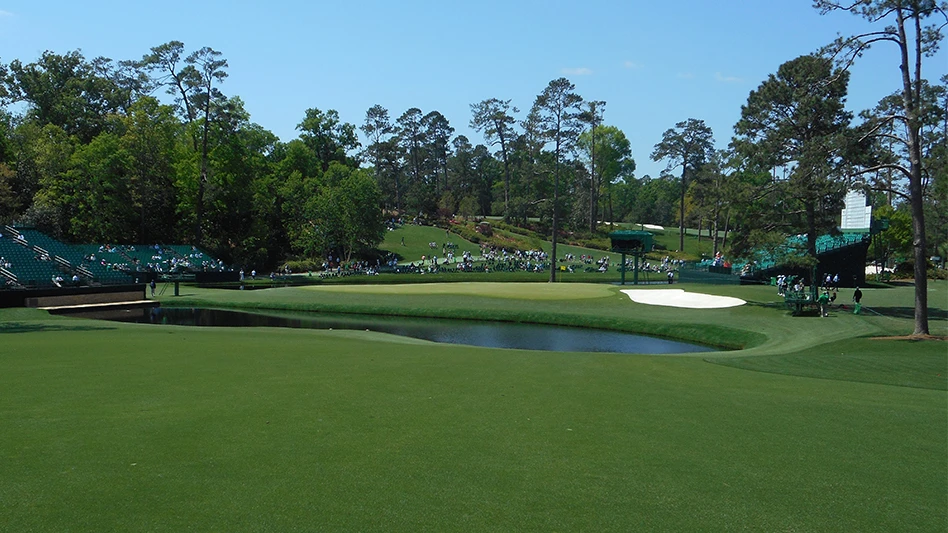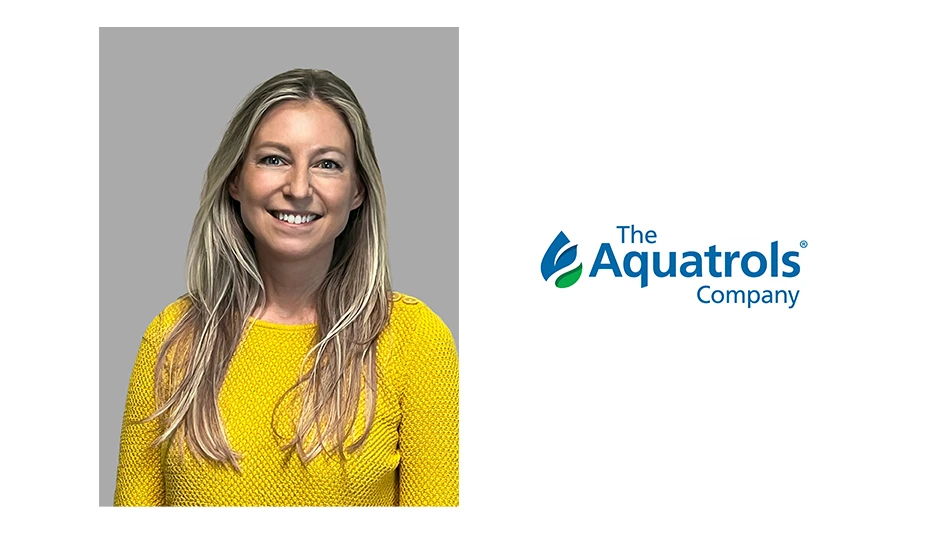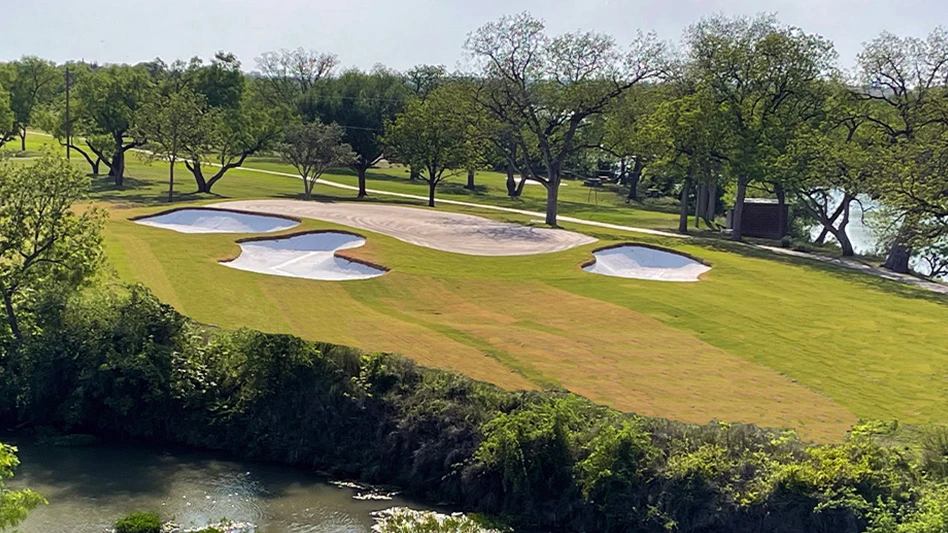

To: Green Chair
From: Consultant
Re: The delicate matter of your course reopening after a major renovation
Date: Today
Congratulations on walking your club through a major renovation. After months of managing budgets, overseeing schedules, meetings with your superintendent and construction team, too many club meetings, and countless emails, you are about to reclaim your golf course.
By way of advice, a few pointers.
I have seen this dozens of times, that too early a return to normal ends up compromising turfgrass quality and leads to long-term decline that takes a year or two for recovery. I know you are impatient — as is your membership — to get back to golf. But your job is not over.
Be cautious and don’t expect the golf course to be fully regrown upon reopening, even if the turfgrass looks ideal. The surface does not betray the root structure. Too much early traffic and pounding will have serious long-term consequences. The native roughs, mounds and haul roads will not be close to fully re-established; nor will the bunker faces be strong enough to take the impact of golfers walking up the faces.
The grass is particularly tender. All that money you spent on importing commercially cultivated sod has produced lush-looking turfgrass, but the blades of grass have never been subjected to the kind of traffic you are about to impose upon them, and they will quickly show wear and tear.
The newly seeded areas also have a long way to go to develop the depth of root structure and the strength and resistance to handle the pounding imposed by 150 to 200 rounds a day — including from cart traffic and maintenance vehicles. If the club was smart and used fully cultivated and played-upon areas like tees and the fronts of fairways for harvesting sod used for low-mow turf expansions, those areas are likely to hold up best.
The most tender areas are certainly going to be the edges of those newly expanded/reclaimed putting surfaces. However carefully you cut out the old growing medium and replaced it with a suitable mix, those areas will take the longest to fully establish; they are growing in a medium that bears the burden of years of topdressing accumulation and thus exist in a less-than ideal environment for greens-quality turfgrass.
Moreover, they are now on the edges and subject to mechanical degradation due to foot traffic and the wear from mowing units turning. And no matter how much tree management you achieved, you will find these expanded areas subject to marginally more shade and marginally less sunlight than the centers of your greens.
To that end, a few suggestions for limiting early impact of play:
- For at least the first two months, go to 12-minute tee times.
- Make every effort to discourage mechanized cart use and to encourage walking through pull-cart usage.
- Implement an absolute ban on more than one solo cart in each group; golfers must share carts.
- Enact extremely tight geo-fencing of carts and close monitoring from pro shop.
- Do not utilize hole locations in those newly reclaimed areas of putting surface.
- Train the pin-setting staff to avoid using hole locations that would entail more walk-off traffic through sensitive, newly cultivated areas.
- Send out a memo to all members reminding them to avoid sodded/seamed areas, or walking up bunker faces, and reminding them to enter/exit bunkers from low point only.
- For the first two months, morning play should proceed from first tee only, one hour later than normal, to give the maintenance crew time to adjust to demands of a totally new, expanded set-up regimen.
- Make sure the superintendent is provided with an expanded budget, equipment and staffing, including at least one experienced/academically trained assistant, plus additional labor.
- No outside outing events for the first two months.
- Limit guest play to no more than one per member per round until further notice.
- Don’t blame the superintendent for evident wear and tear if you fail to implement these provisions.
- Let those who voted against the plan and now love what you’ve done be the ones to claim credit for it.
- Stop listening to the naysayers.
- Enjoy your golf course. Be patient.

Explore the September 2023 Issue
Check out more from this issue and find your next story to read.
Latest from Golf Course Industry
- PBI-Gordon promotes Jeff Marvin
- USGA investing $1 million into Western Pennsylvania public golf
- KemperSports taps new strategy EVP
- Audubon International marks Earth Day in growth mode
- Editor’s notebook: Do your part
- Greens with Envy 66: A Southern spring road trip
- GCSAA’s Rounds 4 Research auction begins
- Quali-Pro hires new technical services manager





